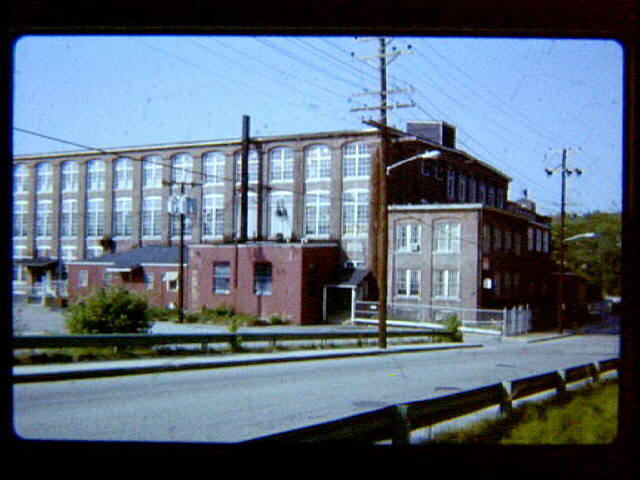Though devastated by the flood of 1955, the four Finkelstein brothers, (hand-in-hand with their skilled and dedicated workforce), refused to quit. Jacob Finkelstein & Sons secured a large recovery loan from First National Bank ($600,000) and was back producing within 3 weeks. They paid all suppliers immediately, restored the physical building, and began the construction of two additional 27,000 sq. ft. warehouses. By 1968, the firm had grown in the rankings to be listed as the 7th largest men’s outerwear manufacturer in America.
In 1968, after his graduation from Brown University, Richard Finkelstein, the third generation, joined the firm to assist his uncle, Noah and father, Elliot. Richard led the effort to sell product in Europe and to incorporate the newest available production technologies. The company had always prided itself on innovation and modernity and it was Richard who assigned himself the task of maintaining that innovative business model. Under the leadership of Richard and Elliott, Finkelstein’s became the nation’s first company to utilize a miniaturized marking system of pattern layout. In 1970, they expanded vertically in their production process by manufacturing their own cotton knit collars and cuffs. In that same year they opened a silk-screening and lettering department for in-house personalization of garments. Both these vertical expansions dramatically reduced production and delivery times and gave the company an additional competitive edge.
With enormous pressure from cheap imports and the evaporation of trade laws, garment manufacturing was devastated nationwide. Unlike many of its competitors, Jacob Finkelstein & Sons never moved south, although offers were made to the firm concerning tax incentives and a non-union environment. Nor did the company move any of its own production facilities overseas. The company chose to remain where it began and fight on as long as possible. However, by the late 1980s, with remaining ownership understanding the harsh realities of the times, the decision was rendered either to liquidate or sell off the different entities of the parent company. In 1988, in its final action, Jacob Finkelstein & Sons sold the Samoset Mill.
<i>Image courtesy of the Harris Public Library</i>
